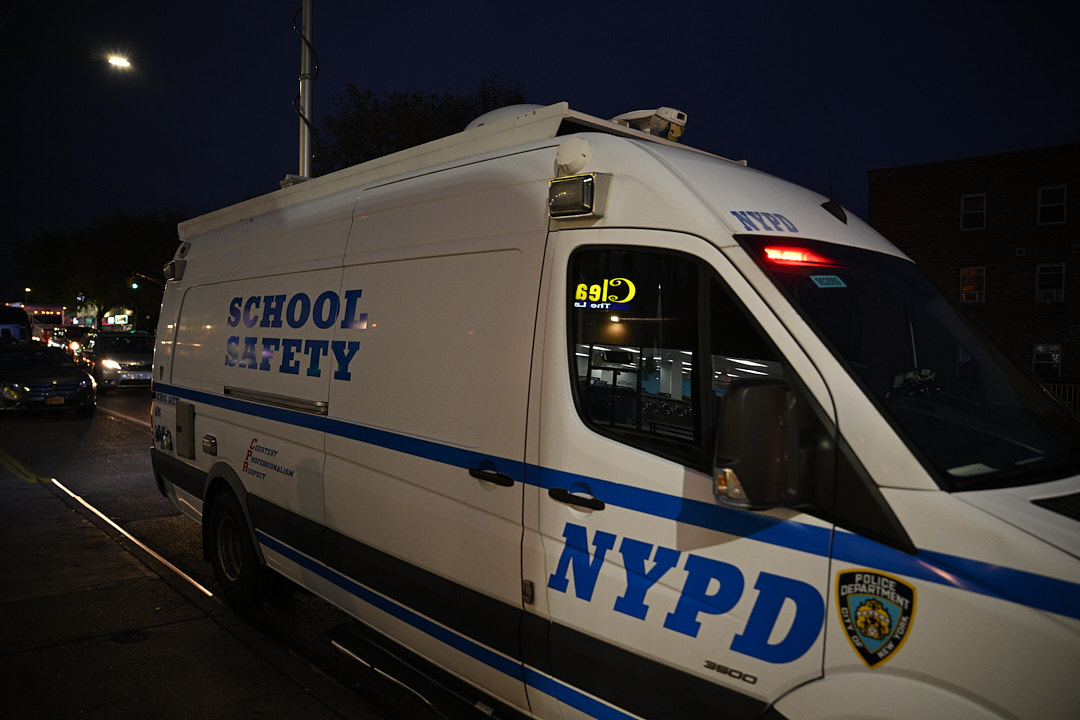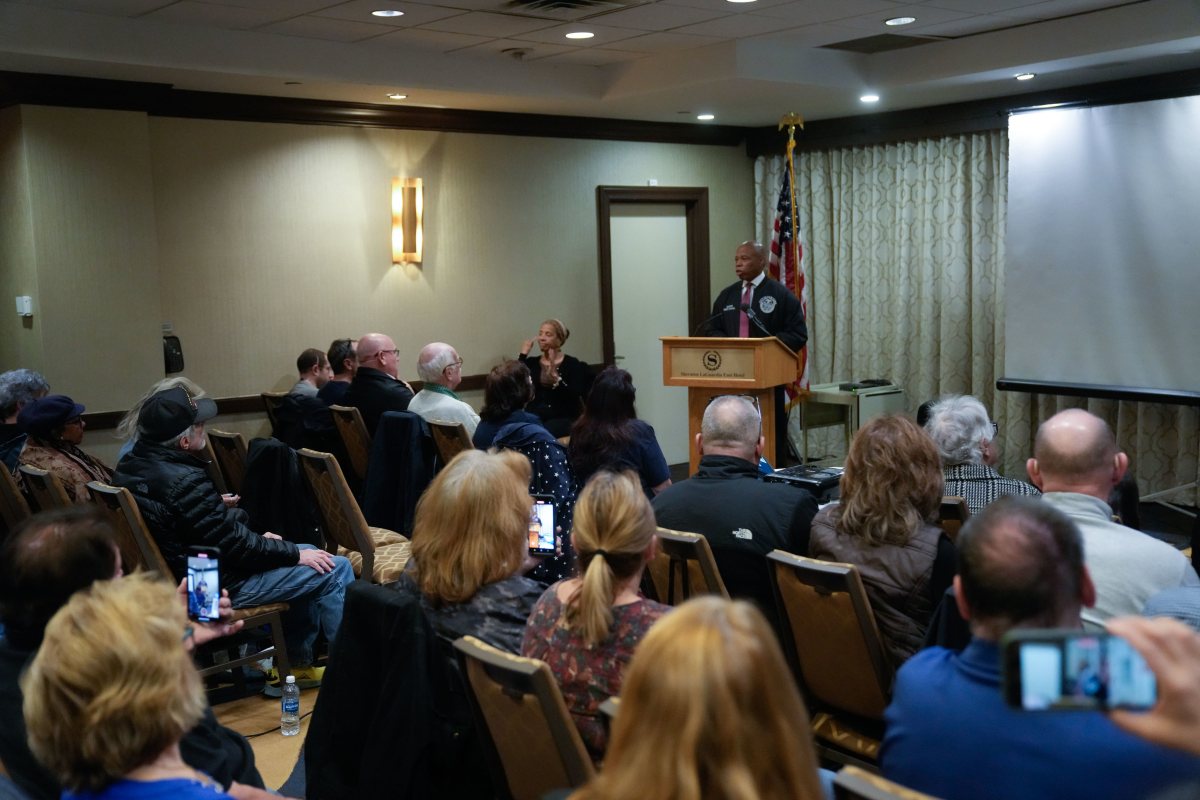By Lincoln Anderson
Since the onset of AIDS in the early 1980s, the deadly virus has claimed more than 60,000 lives in New York City alone. And yet, in all those years, neither the city nor the state has ever had a fitting monument of its own to those who have been lost.
That is, until now.
After 14 years working toward a goal that, at times, seemed like it would never be attained, the AIDS Memorial Committee has successfully fulfilled its mission.
In the Hudson River Park, in the middle of a lawn ringed by a semicircular grove of small trees, sits the recently installed AIDS Memorial. Made of Canadian black granite, it is 42 feet long, 18 inches high and 12 inches wide. Carved into its rock surface in plain, Roman-style lettering is a simple lyric from a traditional Finnish folk song:
I can sail without wind, I can row without oars, but I cannot part from my friend without tears.
There will be an official dedication of the memorial at 12:30 p.m. on Sun., Nov. 30 — the day before World AIDS Day. A representative of Governor Paterson will present a proclamation. Manhattan Borough President Scott Stringer and Dr. Marjorie Hill, C.E.O. of Gay Men’s Health Crisis, will speak, and Reverend Pat Baumgartner will give the benediction.
Stringer funded a major portion of the memorial, giving $40,000 toward its $88,000 cost, which also included $2,800 in expenses by the committee over the 14 years.
Lawrence Swehla, the AIDS Memorial Committee’s president, said the dedication will be “short and sweet; it’s going to be cold outside.”
Although the Cathedral Church of St. John the Divine, on the Upper West Side, has an AIDS memorial on its private grounds, Swehla said the Hudson River Park monument is the only one he knows of in the state on public property.
Swehla said while the memorial wasn’t necessarily designed to be a bench, it’s about that height, and people are welcome to use it that way if they like.
“I don’t know how many memorials you can sit on,” he noted. “It overlooks the pier pilings at the former Pier 49 — it’s sort of a metaphor for lives cut short.”




































